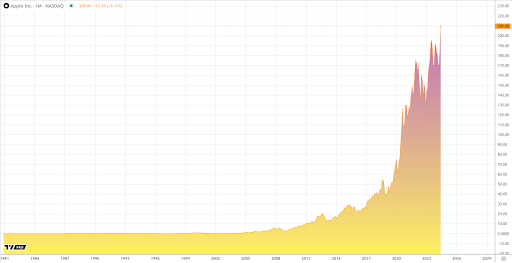Apple’s decision to automate iPhone assembly and lay off 50% of its employees is a strategically significant move for the company. This decision was influenced by recent clashes between workers and police near the Foxconn plant, which houses the main assembly facilities, highlighting the need for changes in the supply chain. During the COVID-19 period, the workers staged a riot, outraged by the working conditions, the lack of food in the canteens, and restrictions on leaving the enclosed area. Apple aims to optimize the production process and increase efficiency to remain competitive.
Automating iPhone assembly will help the company save significantly on employee salaries and improve production quality. Moreover, this will reduce the likelihood of staff conflicts and boost overall team mood. After the incident, Apple decided to cut jobs and initiate a project to automate production and optimize the supply chain, which was previously considered too costly. However, the company is now ready to invest hundreds of millions of dollars in expensive equipment. On the downside, layoffs might cause dissatisfaction among workers and harm the company’s public image.
It is also necessary to take into account that automation can lead to job cuts and a deterioration in the labor market situation. On the other hand, saving on salaries and increasing productivity can increase company profits and its stock market value. Apple’s automation efforts have already shown some results. Over the past year, some stages of iPhone assembly have been successfully automated, including installing metal fasteners and flexible printed circuit boards without human intervention. In addition to internal developments, Apple is enhancing its supply chain automation by acquiring specialized companies. Last year, for example, Apple acquired Drishti, a company that analyzes video footage from assembly lines to identify bottlenecks and problems in real time. Another key acquisition was DarwinAI, which uses artificial intelligence to optimize industrial processes. Apple also collaborates closely with manufacturing partners such as Foxconn, Luxshare Precision, and Pegatron. This collaboration has allowed Apple and its partners to cut thousands of jobs in China.
Just as automated trading software in the financial industry allows for faster, more accurate, and emotion-free investment decisions, automating iPhone assembly will undoubtedly help Apple streamline the production process and increase efficiency. However, this decision can have negative consequences, such as worker dissatisfaction and reputational issues. Additionally, plans to automate the installation of some iPhone components have been canceled due to high defect rates. Despite these difficulties, the company remains committed to the long-term goal of significantly reducing the number of employees in final assembly operations during iPhone production. Therefore, it is crucial that the company carefully consider all aspects of this decision and take measures to mitigate potential negative consequences.
Overall, the company’s decision to automate iPhone assembly and lay off some employees may positively impact Apple stock price and profits due to cost savings. However, it is important to consider the potential risks and undesirable consequences of this decision. As the automation process progresses, it becomes increasingly critical to balance the company’s economic efficiency with social responsibility.
Interesting Related Article: “Will Apple Pay Replace E-Wallets In Online Gambling?“
Discover more from Market Business News
Subscribe to get the latest posts sent to your email.

